PPT-Recent Research on
Author : mitsue-stanley | Published Date : 2016-09-04
Food Decision Making Hans Baumgartner Smeal College of Business Penn State University Transformative consumer research Mick 2006 p 2 By transformative research
Presentation Embed Code
Download Presentation
Download Presentation The PPT/PDF document "Recent Research on" is the property of its rightful owner. Permission is granted to download and print the materials on this website for personal, non-commercial use only, and to display it on your personal computer provided you do not modify the materials and that you retain all copyright notices contained in the materials. By downloading content from our website, you accept the terms of this agreement.
Recent Research on: Transcript
Download Rules Of Document
"Recent Research on"The content belongs to its owner. You may download and print it for personal use, without modification, and keep all copyright notices. By downloading, you agree to these terms.
Related Documents

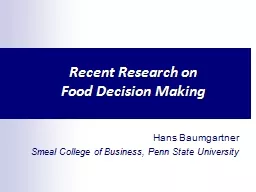
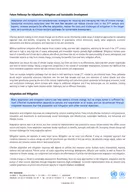
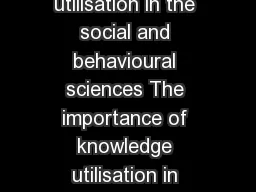

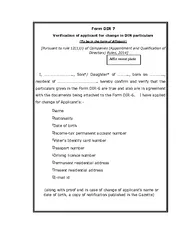
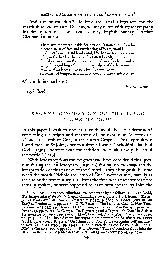

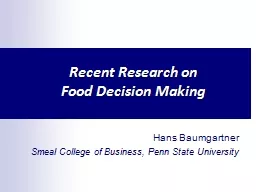
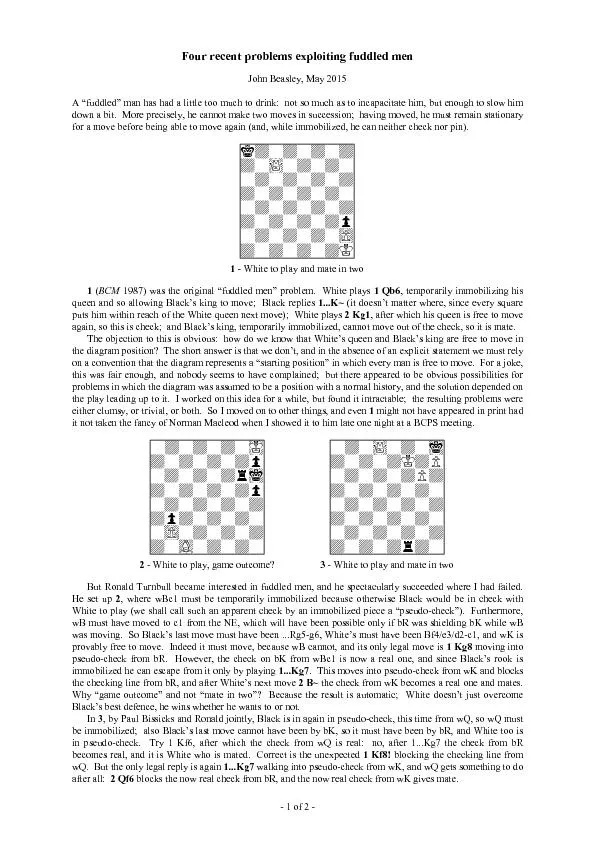
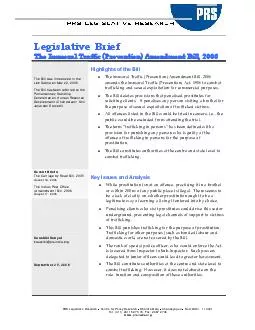
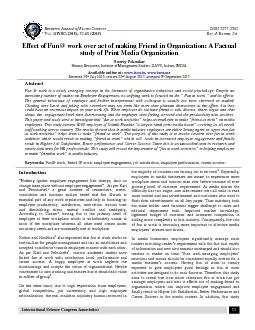
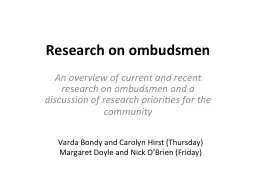
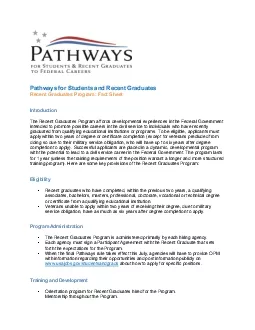
![[PDF READ ONLINE] 2020 Supplement to Civil Procedure, 5th, Rules, Statutes, and Recent](https://thumbs.docslides.com/1020250/pdf-read-online-2020-supplement-to-civil-procedure-5th-rules-statutes-and-recent.jpg)